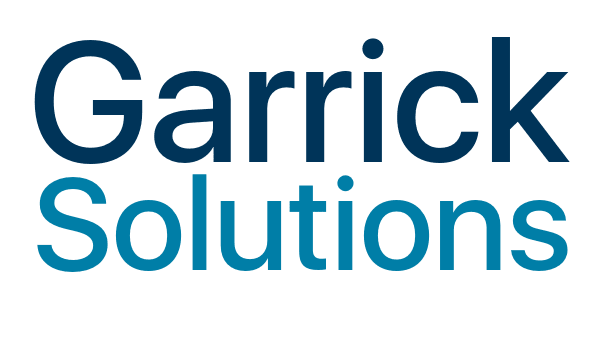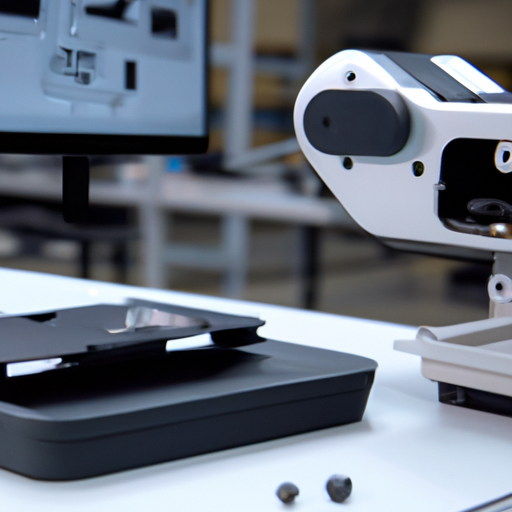Navigating the Path to Automation: Overcoming Challenges in Healthcare Automation Implementation
- Ijeoma
- July 25, 2023
As healthcare organizations embrace the power of automation, it is essential to recognize and address the challenges and considerations that come with implementing these transformative solutions. From technical hurdles to organizational change management, there are various factors to navigate to ensure a successful healthcare automation implementation. In this article, we will explore the common challenges and considerations healthcare organizations must be aware of when embarking on their automation journey.
1. Integration with Existing Systems: Integrating automation solutions with existing systems, such as electronic health records (EHRs), billing systems, or laboratory information systems, can be complex. Careful planning, collaboration with vendors, and robust data exchange capabilities are crucial to ensure seamless integration and avoid disruptions in workflow.
2. Data Privacy and Security: Healthcare automation relies heavily on the collection, storage, and analysis of sensitive patient data. Maintaining patient privacy and data security is paramount. Organizations must implement robust security measures, adhere to regulatory requirements (e.g., HIPAA), and conduct regular risk assessments to protect patient information from unauthorized access, breaches, or cyberattacks.
3. Workflow Adaptation and Change Management: Implementing automation often requires changes to existing workflows and processes. Organizations must anticipate resistance to change and develop a comprehensive change management strategy. Involving key stakeholders, providing thorough training, and addressing concerns proactively can help ease the transition and promote staff buy-in.
4. Staff Training and Competency: Healthcare automation brings new technologies and tools that may require additional training and development of staff competencies. Investing in comprehensive training programs, providing continuous support, and fostering a culture of ongoing learning can ensure staff members are well-equipped to leverage and maximize the benefits of automation solutions.
5. Cost and Return on Investment (ROI): While automation can lead to long-term cost savings, initial implementation costs can be a hurdle for some healthcare organizations. It is essential to conduct a thorough cost analysis, including hardware, software, training, and maintenance expenses, to ensure a clear understanding of the ROI and potential cost savings over time.
6. Regulatory Compliance: Healthcare organizations must navigate a complex regulatory landscape, including HIPAA, HITECH, and state-specific regulations, when implementing automation solutions. Compliance with these regulations requires careful consideration of privacy, security, and data exchange requirements.
7. Scalability and Future Expansion: Healthcare organizations should consider the scalability of automation solutions to accommodate future growth, technological advancements, and changes in healthcare delivery models. Choosing flexible and scalable automation platforms can help organizations adapt and expand as needed without significant disruptions or investments.
Conclusion: Implementing healthcare automation is an exciting journey but not without its challenges. By proactively addressing challenges related to system integration, data privacy and security, workflow adaptation, staff training, cost analysis, regulatory compliance, and scalability, healthcare organizations can pave the way for a successful automation implementation. With the right planning, collaboration, and strategic approach, automation can truly transform healthcare delivery, enhance operational efficiency, and improve patient outcomes.
Ready to embark on your healthcare automation journey? Contact Garrick Solutions today for a free consultation with our team of experts. We are here to guide you through the challenges and considerations as you implement automation solutions tailored to your organization’s unique needs and goals. Together, let’s unlock the full potential of healthcare automation.

Robotic Process Automation
Blog Categories
Feel free to get in touch with our experts.
Other articles
Emerging Chatbot Trends: AI Technology, NLP, Sentiment Analysis & Multi-Language Support for Customer Support
Enhancing healthcare through intelligent conversation. Enhancing Mental Health Support and...
Read MoreHow to Get Started with AI and RPA
Introduction to AI and RPA: A Beginner’s Guide Artificial Intelligence...
Read MoreAI and RPA for Customer Service
The Impact of AI and RPA on Customer Service: Enhancing...
Read More




